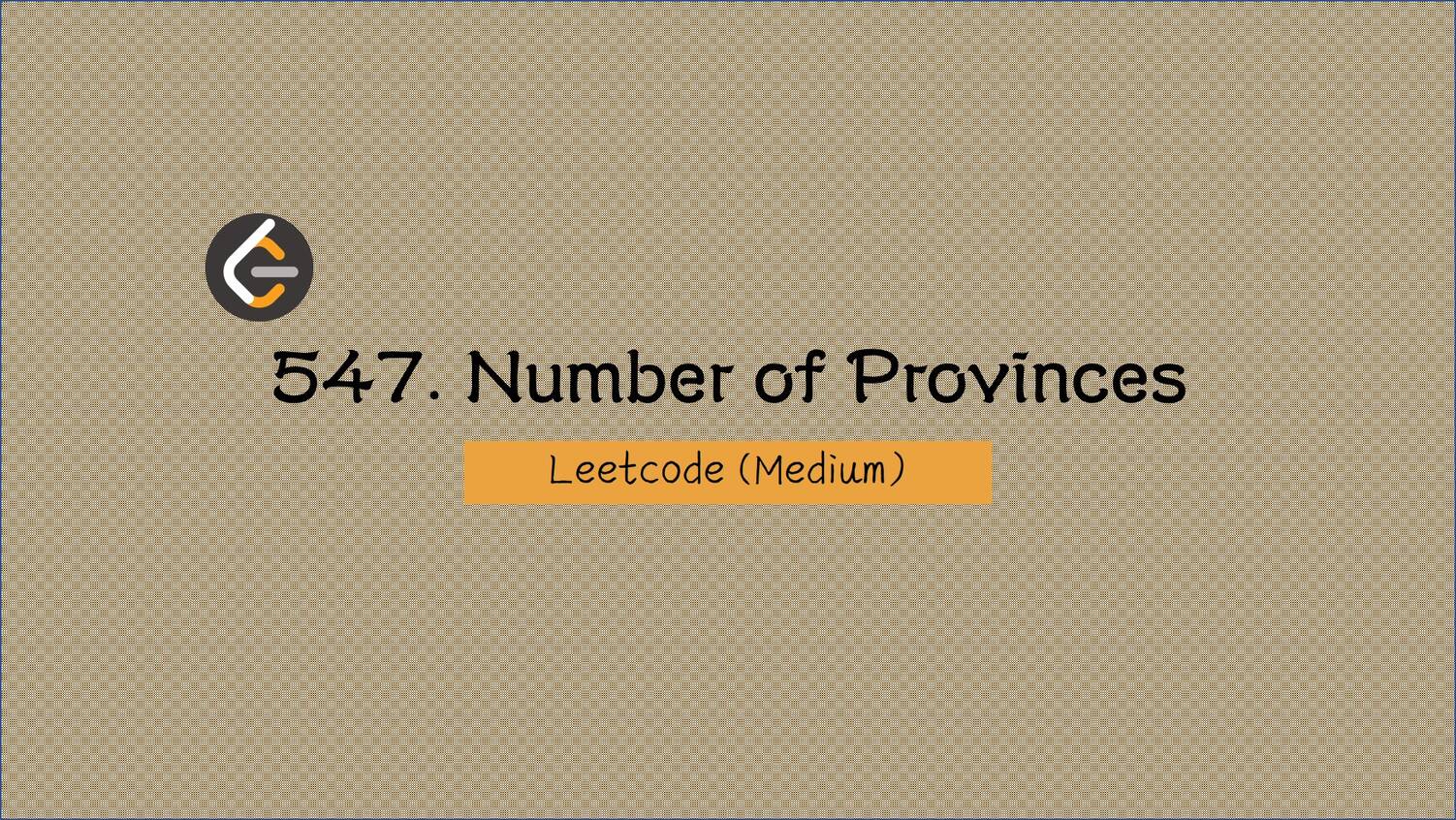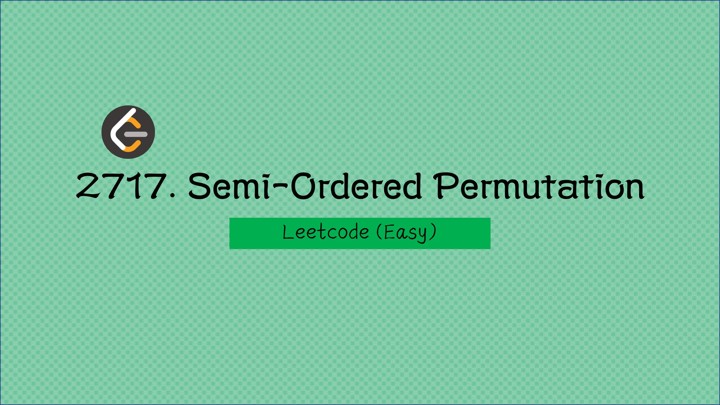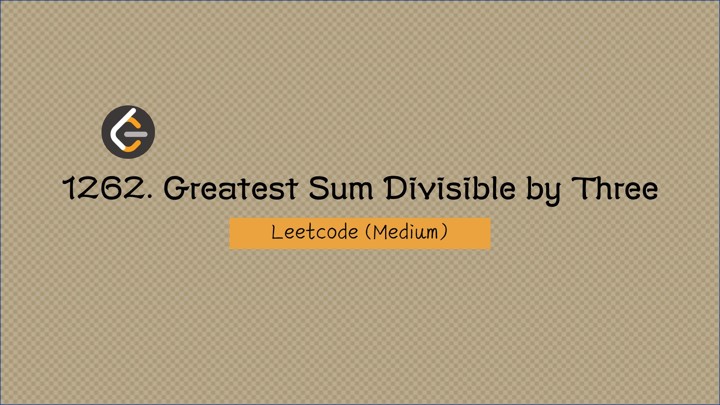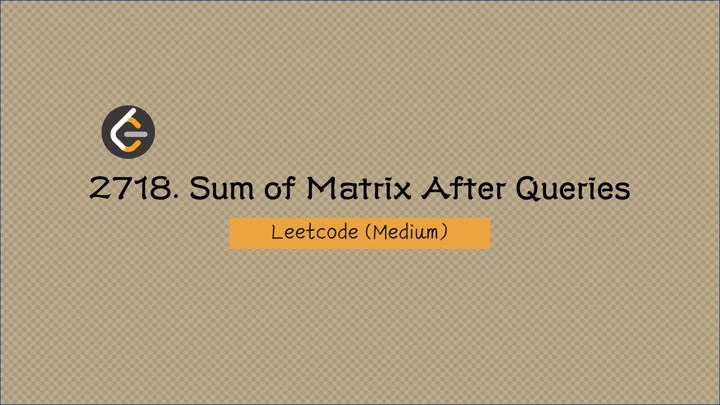〔Leetcode〕 Theme:Bit-Manipulation
[Leetcode] Theme:Bit-Manipulation
括號
所有 bitwise 操作都建議要特別注意括號,一來增加易讀性、二來避免 bug 的產生
(n&1)
判斷 n 之最右位 (rightmost bit) 是否為 1
(n&(1<<(k-1))) or (n>>(k-1)&1)
承上判斷 n 之右邊數來第 k 位 (rightmost k bit) 是否為 1
(n&mask)
承上判斷 n 之 mask 中位置是否為 1,可參考 『342. Power of Four』,其為確認唯一的 1 是否位在偶數位上,故會使用 0x5555 5555 的 mask;奇數位則可用 0xaaaa aaaa 的 mask
相鄰兩 bit
可用 (n&1) 與 ((n>>1)&1) 來表示相鄰兩位置
(n&(n-1)) 與 『是否為 2 之指數倍』
表示『將最右位的 1 改為 0 之操作』
| n (十進位) | n (二進位) | n-1 (十進位) | n-1 (二進位) | n&n-1 (二進位) | n&n-1 (十進位) |
|---|---|---|---|---|---|
| 1 | 0001 | 0 | 0000 | 0000 | 0 |
| 2 | 0010 | 1 | 0001 | 0000 | 0 |
| 3 | 0011 | 2 | 0010 | 0010 | 2 |
| 4 | 0100 | 3 | 0011 | 0000 | 0 |
| 5 | 0101 | 4 | 0100 | 0100 | 4 |
| 6 | 0110 | 5 | 0101 | 0100 | 4 |
| 7 | 0111 | 6 | 0110 | 0110 | 6 |
| 8 | 1000 | 7 | 0111 | 0000 | 0 |
且可觀查到,其中 2 的指數倍計算出之結果皆為 0,原因為將最右邊之 1 改成 0 的操作,將會把 2 的指數倍歸零,故要確認是否為 2 的指數倍,也可以透過 if (n&(n-1) == 0) 來判斷
- 需注意 “n&(n-1) == 0” 不等於 “(n&(n-1)) == 0”,後者才是正確的,前者會有優先判斷 tmp = ((n-1) == 0),而後 n&tmp 結果之錯誤狀況
1 | // n=2 之舉例 |
二進位位數 / 長度
1 | int numberOfBits(int n) { |
__builtin_popcount()
用以計算 n 以二進位表示下有幾個 1;另外需注意不同型別下使用內建函式需調整
__builtin_popcount() = int
__builtin_popcountl() = long int
__builtin_popcountll() = long long
1 | long long k=-1; |
位置
以 int 32 位元來說,若有需要操作每一位時,可以開一長度為 32 之 vector 來存 (vector
『2411. Smallest Subarrays With Maximum Bitwise OR』 即是透過 (類) 前綴和之概念來加速解之
1 | int test(){ // 回傳目前前綴和之結果 |
subarray for & 與 |
利用 (類) 前綴和與 (類) DP 的概念縮減運算量,參見 『898. Bitwise ORs of Subarrays』 與 『1521. Find a Value of a Mysterious Function Closest to Target』
1 | int subarrayBitwiseORs(vector<int>& arr) { |
XOR (^)
取反,0 -> 1, 1 -> 0 的概念,以整數來說也可以用 !c 表示 (c=0 or 1);其相關變化相當多,亦是重要觀念
swap
1 | void swap(int &a, int &b){ |
0 到 n 數字之 xor
具有 mod 4 後餘數特性,可參見 1486 題 O(1) 解法
1 | int sumXor(int x){ |
或異之 (類) 前綴和特性
xor 具有類似前綴和的特性,若要求 k(k+1)…(n-1)n,等於 (1…n) ^ (1…k) 之結果
string to decimal
int / long int 可用 strtol
long long 可用 strtoll
unsigned long 可用 strtoul
其末位表示原 string 使用的是哪種進位
1 | // s = "101" |
1863. Sum of All Subset XOR Totals
本題的 O(n) 解法因非常特殊,故特別例之
n 個數之子集共有 2^n 種,任一一個元素的某一 bit 若為 1,則會貢獻出 2^(n-1) 次結果;故利用 | 來判斷給定具影響力 / 1 的結果於該位,最終 shift n-1 位即可得總和
1 | class Solution { |
421. Maximum XOR of Two Numbers in an Array
透過 Trie 來反查最大結果,延申題請見 『2935. Maximum Strong Pair XOR II』
1 | class Solution { |
2571. Minimum Operations to Reduce an Integer to 0
利用加上 (1<<k) 與 __builtin_popcount 判斷是否減少位數,進而操作
透過乘負一來標記數 (類 xor)
參見 『645. Set Mismatch』 或 『287. Find the Duplicate Number』 之 TC = O(n) + SC = O(1) 的解法
1 | // 645. Set Mismatch |
加法器
從傳統的一位加法器可知道 sum = a^b, carry = a&b,將數的每個位置獨立思想,即可得到以下程式,且 carry 位需進位,而操作直至無進位為主,即 『371. Sum of Two Integers』
1 | class Solution { |
加減 1 與負號
1 | void add_one(int x) { |











